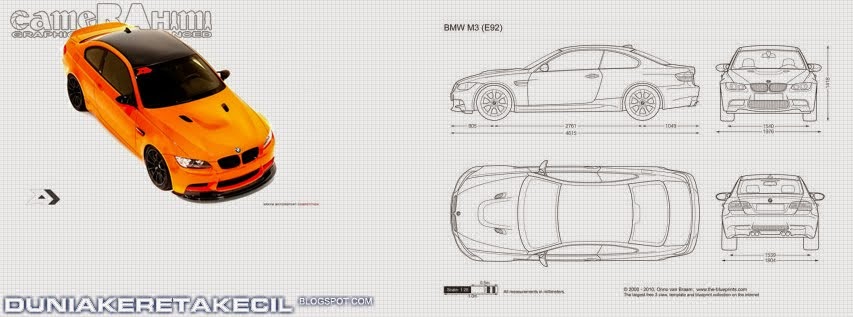The R32 Skyline debuted in May 1989. It was available as either a 2-door coupe or 4-door hardtop sedan, all other bodystyles were dropped. The R32 featured several versions of the RB-series straight-6 engines, which had improved heads (the twelve port inlet was gone) and used the ECCS (Electronically Concentrated Control System) injection system. Also available was an 1,800 cc 4-cylinder GXi model. Most models had HICAS four-wheel steering, with the rear wheels being hydraulically linked to the front steering. The 2.5-litre GTS-25 became one of the first Japanese production cars to feature a 5-speed automatic transmission. The GTS-t came in standard and Type M configurations, with the Type M having larger five-stud 16-inch wheels, four piston front callipers and twin piston rears plus other minor differences. ABS was optional (except for the GT-R and GTS-4), mechanical LSD was standard on the GTR and viscous LSD was standard on all turbo models and optional on all but the GXi. Nissan also produced 100 Australian models of the R32. In addition, there was a 4WD version of the GTS-t Type M, called the GTS-4.
The station wagon bodystyle was spun off as the Nissan Avenir.
Models:
GXi Type-X – 1.8 L CA18i I4, 91 hp (67 kW)
GTE Type-X – 2.0 L RB20E I6, 125 hp (93 kW, 152 N m)
GTS Type-X, S, J – 2.0 L RB20DE I6 155 hp (115 kW, 154 N m)
GTS-25 Type-X, S, XG – 2.5 L RB25DE I6, 180 hp (134 kW, 231 N m)
GTS-t, Type-M – 2.0 L RB20DET turbo I6, 212 hp (158 kW, 265 N m)
GTS-4 – 2.0 L RB20DET turbo I6, 212 hp (158 kW, 265 N m) 4WD
Autech GTS-4 – 2.6 L RB26DE I6, 217 hp (162 kW, Autech Version – auto only) 4WD - only 188 made [27]
GT-R – 2.6 L RB26DETT twin-turbo I6, 276 hp (280ps) (206 kW, 368 N m) 4WD; also NISMO, N1, V-Spec, and V-Spec II variants.
NISMO S-Tune
GT-R
The RB26DETT engine actually produced ~320 PS, but it was unstated due to the Japanese car makers' "gentlemen's agreement" not to exceed 280 PS (276 hp). The engine was designed for ~500 hp in racing trim,[28] and then muzzled by the exhaust, boost restriction, and ECU. The electronic boost control had a small physical restriction in the control lines. It was marked in yellow so the new owner could remove it and enjoy a safe factory boost increase.[29] After this increase the car would put out ~310 hp (~230 kW) and could do 0–100 km/h in 4.7seconds and quarter mile in 12.8 seconds
The GT-R had a significantly larger intercooler, larger brakes, and aluminium front guards and bonnet. Other distinguishing features include flared front and rear wheel arches. More supportive seats were fitted, and the turbo boost gauge and digital clock were removed from inside the instrument cluster. The clock was replaced with a torque meter that indicated how much torque was being delivered to the front wheels (0%–50%). Oil temp, voltage, and turbo boost gauges were fitted just above the climate control.
The Porsche 959 was Nissan's target when designing the GT-R. The chief engineer, Naganori Ito, intended to use the car for Group A racing, so the design specification was drawn up in conjunction with a copy of the Group A rules. The Nordschleife production car record at the time of development was 8'45" – set by a Porsche 944. Nissan test driver Hiroyoshi Katoh reset the record with a time of 8'20".[30] Best Motoring managed 8'22"38.
The R32 GT-R dominated Japanese Touring Car Championship (JTCC), winning 29 races from 29 starts, taking the series title every year from 1989 to 1993.[32] It took 50 races from 50 starts from 1991 to 1997 (latterly R33) in the N1 Super Taikyu.
The R32 GT-R was introduced into the Australian Touring Car Championship in 1990 and promptly ended the reign of the previously all-conquering Ford Sierra Cosworth, winning Bathurst 1000 classic in 1991 and 1992. This success led to the Australian motoring press nicknaming the car Godzilla due to it being a "monster from Japan". As Australia was the first export market for the car the name quickly spread. Such was GT-R's dominance that it was a significant factor in the demise of Group A Touring Car racing, the formula being scrapped soon after. JTCC was similarly blighted by the R32 GT-R, and splintered soon after, leading to the switch to the Supertouring category and also indirectly to the GT500 category of today.
When originally designed, the homologation rulebook mandated 16-inch wheels, so that's what the GT-R got. This limited the size of the brakes, and the Nissan four pots weren't really up to competition use. A later change in rules allowed 17-inch wheels, so in February 1993 the GT-R V-spec (for Victory) emerged wearing 17" BBS mesh wheels(225/50/17) covering larger Brembo brakes. The clutch actuation changed from a push to a pull system, the car had the standard rear differential, the electronic rear differential did not show up until the R33 Vspec. A year later the V-Spec II appeared with a new sticker and wider tires (245/45 17).
The Nismo Skyline GT-R is a limited (500 street, 60 racing) version of Nissan Skyline with Nissan RB engine with twin ceramic turbochargers rated 280 PS (206 kW; 276 hp) at 6,800 rpm and 353 N·m (260 lb·ft) at 4,400 rpm, all-wheel steering, electronically controlled four-wheel drive.[34]
It was reported the vehicle was imported to the United States by Sean Morris under the 'Show or Display' rule, where NHTSA allow importing of nonconforming vehicles for purposes of show or display, if the vehicle is of such historical or technological significance that it is in the public interest to show or display the vehicle in the United States even though it would be difficult or impossible to bring the vehicle into compliance with the Federal motor vehicle safety standards.




























